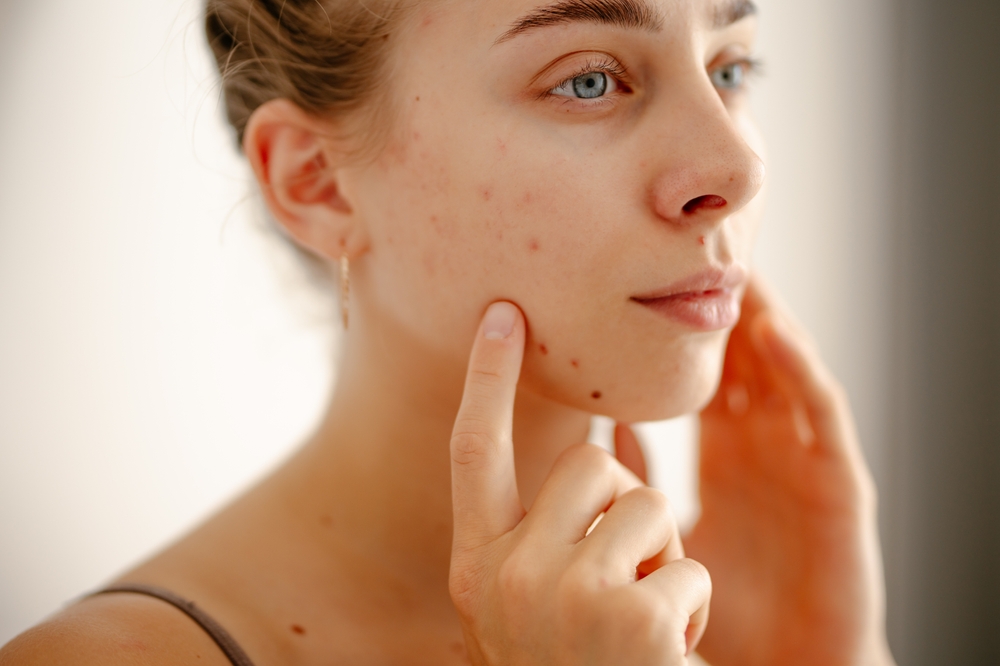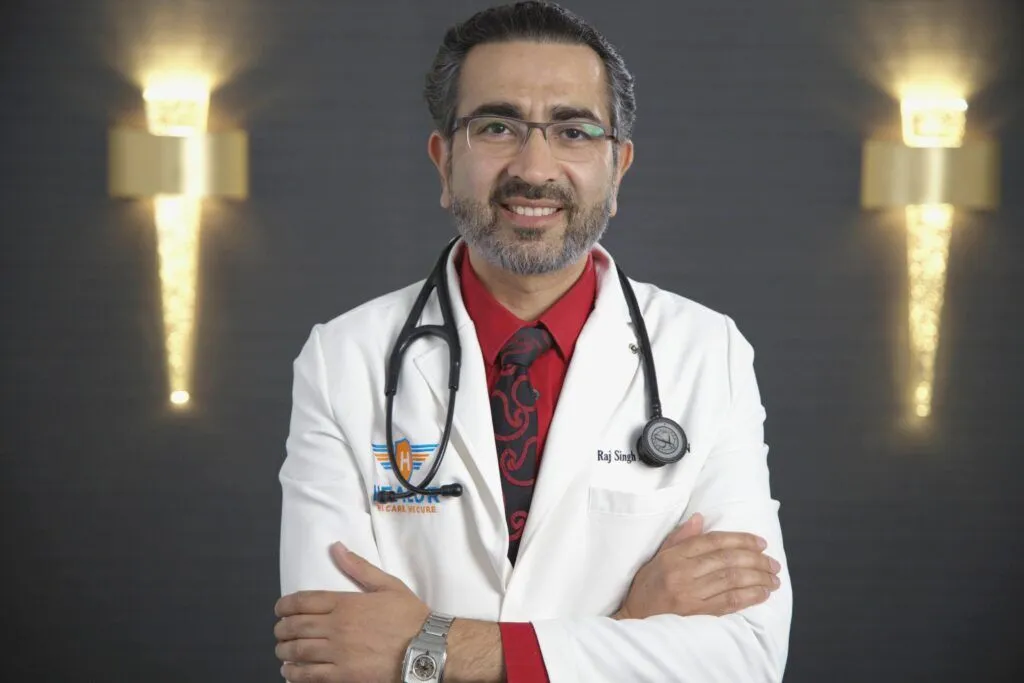
Acne and pimples are two common skin conditions affecting millions worldwide, including approximately 50 million Americans. While they may appear similar and are often used interchangeably, the two have distinct differences.
Let’s delve into the specifics of acne and pimples, exploring their causes, characteristics, and potential treatments to help you better manage and care for your skin.
Understanding Acne
Acne is a chronic skin condition that typically occurs during adolescence but can affect people of all ages. It starts with the formation of comedones, inflammatory papules, pustules, and in severe cases, cysts.
The primary cause of acne is the overproduction of sebum. This oily substance helps keep the skin lubricated. However, excess sebum clogs hair follicles when combined with dead skin cells and bacteria, leading to the formation of acne.
Acne can occur on various body parts but is most commonly seen on the face, back, and chest. The severity of acne can range from mild to severe, from a few blemishes to widespread inflammation and scarring.
Types of Acne
There are several types of acne, each with distinct characteristics:
- Comedones: These non-inflammatory acne lesions appear as blackheads or whiteheads. Blackheads occur when the clogged pore remains open, while whiteheads occur when the pore is closed.
- Papules: These small, raised red bumps without pus are often painful and warm to the touch.
- Pustules: Pustules are red, inflamed bumps with a visible white or yellow center filled with pus.
- Nodules: Nodules are large, painful lumps beneath the skin’s surface.
- Cysts: These painful, pus-filled lumps can often cause scarring.
Understanding Pimples
Pimples are a common type of acne and fall under the category of inflammatory acne. These small, red, and tender bumps on the skin’s surface occur when hair follicles become infected or inflamed. Bacteria that thrive in clogged pores typically cause pimples.
Pimples can develop anywhere on the body, but they are commonly found on the face, neck, shoulders, and back. They are often associated with hormonal fluctuation and are more prevalent during puberty and menstruation.
Differences Between Acne and Pimples
The primary difference between acne and pimples lies in their scope and classification. Acne is a broader term encompassing various skin conditions characterized by clogged pores, inflammation, and the formation of comedones, papules, pustules, nodules, and cysts.
On the other hand, pimples are a specific type of acne. They are inflammatory in nature and manifest as small, red, tender bumps filled with pus.
While pimples are a common symptom of acne, not all acne lesions are necessarily pimples. Comedones, for example, are non-inflammatory and do not contain pus.
Treatment and Prevention
Both acne and pimples can be distressing, affecting one’s self-esteem and confidence. Fortunately, various treatments can help manage these conditions:
- Cleansing: Use a mild cleanser to wash your face twice daily to prevent the buildup of oil, dead skin cells, and bacteria.
- Clinical Treatment: Your dermatologist or esthetician may recommend procedures to treat acne, including acne facial, light therapy, chemical peel, and steroid injection.
- Topical Medicines: Over-the-counter topical treatments with benzoyl peroxide, salicylic acid, or retinoids can effectively reduce acne and pimples.
- Prescription Medications: For more severe cases, a dermatologist may prescribe topical or oral antibiotics, oral contraceptives, or other medications to manage hormonal imbalances.
It’s best to make some lifestyle changes to prevent pimples and acne. Maintaining a healthy diet, managing stress, and getting enough sleep can improve skin health. If you get a spot, resist the urge to pop or squeeze pimples, which can worsen inflammation and lead to scarring.
Final Thoughts
Acne and pimples are related but distinct skin conditions. Acne is a skin disease that encompasses various skin lesions. Pimples are often a symptom of acne. Understanding the differences can help you better identify and treat these common skin issues.
If your acne or pimples are severe or persistent, you must seek a dermatologist for personalized treatment options and expert advice on maintaining healthy skin.

